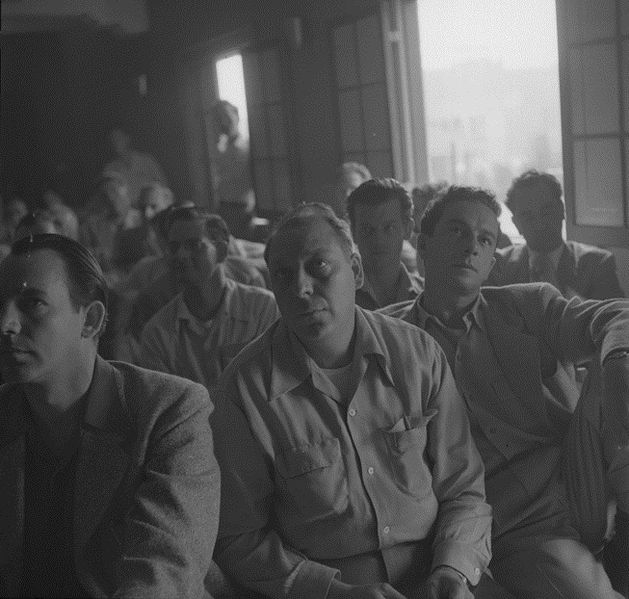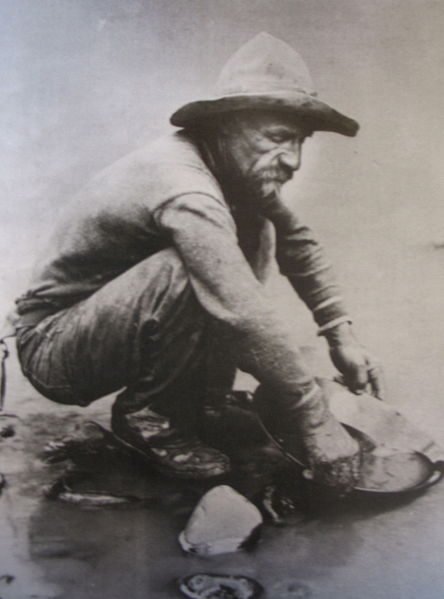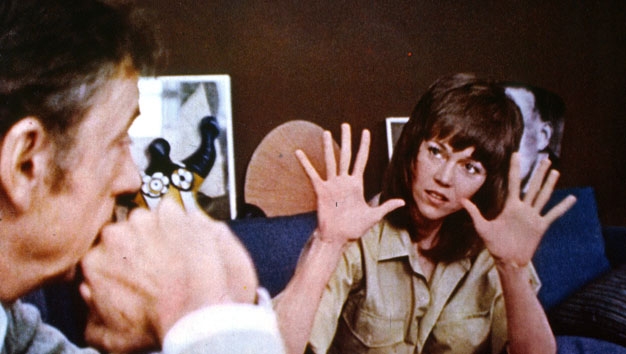From Ashlee Vance’s well-rounded Businessweek portrait of Elon Musk, a brilliant and difficult man who is currently the most ambitious industrialist in the world:
“On the assumption that people will be living on earth for some time, Musk is cooking up plans for something he calls the Hyperloop. He won’t share specifics but says it’s some sort of tube capable of taking someone from downtown San Francisco to Los Angeles in 30 minutes. He calls it a ‘fifth mode of transportation’—the previous four being train, plane, automobile, and boat. ‘What you want is something that never crashes, that’s at least twice as fast as a plane, that’s solar powered and that leaves right when you arrive, so there is no waiting for a specific departure time,’ Musk says. His friends claim he’s had a Hyperloop technological breakthrough over the summer. ‘I’d like to talk to the governor and president about it,’ Musk continues. ‘Because the $60 billion bullet train they’re proposing in California would be the slowest bullet train in the world at the highest cost per mile. They’re going for records in all the wrong ways.’ The cost of the SF-LA Hyperloop would be in the $6 billion range, he says.
Musk is also planning to develop a new kind of airplane: ‘Boeing just took $20 billion and 10 years to improve the efficiency of their planes by 10 percent. That’s pretty lame. I have a design in mind for a vertical liftoff supersonic jet that would be a really big improvement.’
After a few hours with Musk, hypersonic tubes and jets that take off like rockets start to seem imminent. But interplanetary travel? Really? Musk says he’s on target to get a spacecraft to the red planet in 10 to 15 years, perhaps with him on board. ‘I would like to die on Mars,” he says. ‘Just not on impact.'”



























